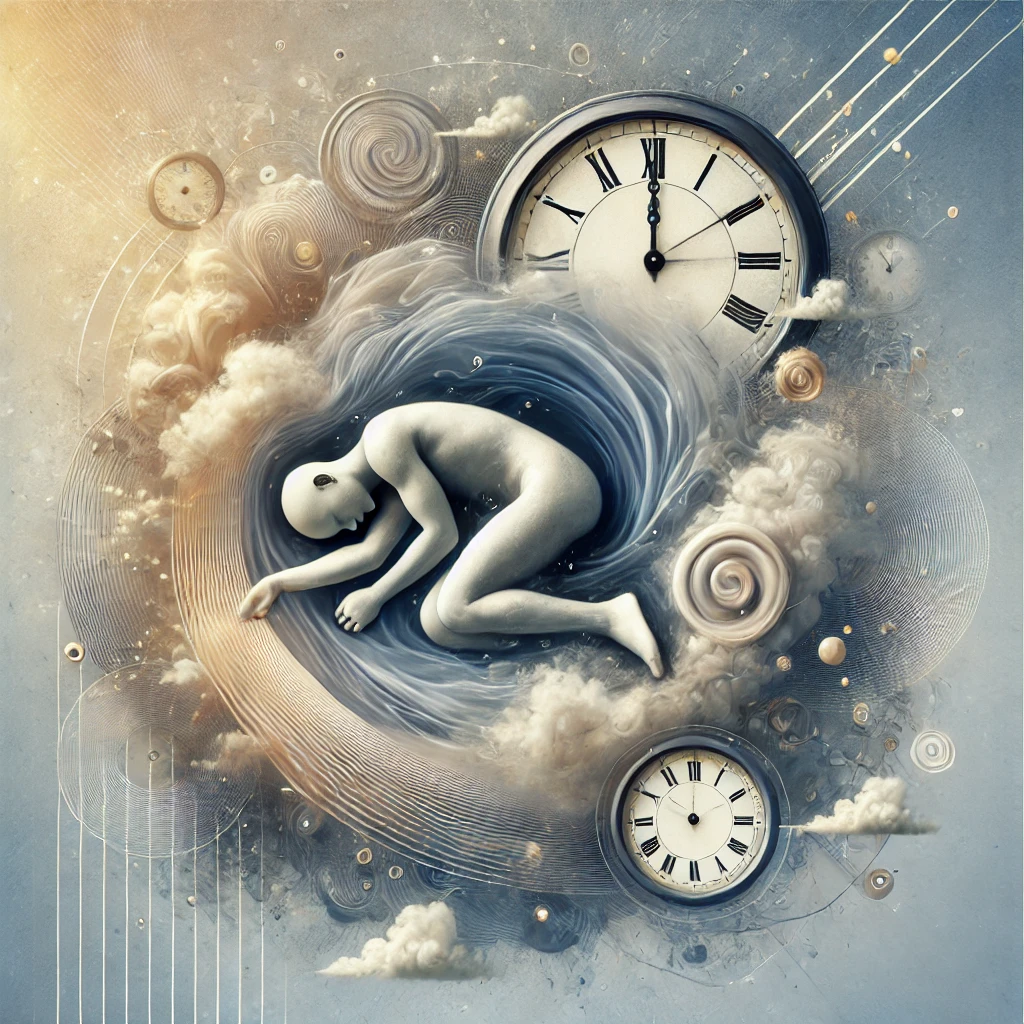Understanding Narcolepsy: Causes, Symptoms, Diagnosis, and Treatment
Narcolepsy is more than just excessive daytime sleepiness—it is a chronic neurological disorder that disrupts your brain’s ability to control sleep-wake cycles. Living with this condition can make everyday activities challenging, leading to significant emotional, social, and physical difficulties. Whether you’re seeking to understand the signs or explore treatment strategies, information is key to managing this condition effectively.
What Causes Narcolepsy?
Narcolepsy occurs due to a malfunction in the brain’s production or use of hypocretin, a neurochemical that regulates wakefulness. While the exact cause isn’t always clear, several factors may contribute:
- Immune system abnormalities: In some cases, an autoimmune response mistakenly attacks the brain cells that produce hypocretin.
- Genetic predisposition: Individuals with a certain genetic marker, HLA-DQB1*06:02, have a higher risk.
- Brain injuries: In rare cases, head trauma or tumors in areas of the brain controlling sleep-wake cycles may lead to narcolepsy.
Curious about a deeper look into these mechanisms? Learn more from this narcolepsy overview.
What are the Symptoms of Narcolepsy?
Narcolepsy symptoms can vary from person to person, but some hallmark signs are almost universally experienced. These include:
- Excessive Daytime Sleepiness (EDS): Struggling to stay awake during the day, regardless of sleep quality, is the most common symptom.
- Cataplexy: Sudden, temporary muscle weakness triggered by strong emotions like laughter or surprise. This symptom occurs in Type 1 narcolepsy.
- Sleep paralysis: A temporary inability to move or speak while waking up or falling asleep.
- Hallucinations: Vivid, sometimes frightening visions during transitions between wakefulness and sleep.
Noticing any of these early indicators? Check out common early signs of narcolepsy to better understand your risk.
How is Narcolepsy Diagnosed?
Diagnosing narcolepsy isn’t as simple as identifying symptoms—it often requires specialized testing. Here’s how healthcare providers confirm the condition:
- Medical History and Sleep Diary: Tracking your sleep patterns over a few weeks can reveal excessive sleepiness trends.
- Polysomnogram (PSG): An overnight sleep study that monitors your brain waves, heart rate, and breathing.
- Multiple Sleep Latency Test (MSLT): This evaluates the time it takes you to fall asleep during the day and whether you experience REM sleep soon after falling asleep.
- Hypocretin Measurement: In some cases, cerebrospinal fluid is tested to check hypocretin levels, confirming Type 1 narcolepsy.
These tests highlight the differences between narcolepsy and other sleep disorders. Compare symptoms and diagnoses with related conditions like idiopathic hypersomnia by visiting this resource.
How is Narcolepsy Treated?
Managing narcolepsy often involves a combination of medications and lifestyle adjustments. Since there is no cure, treating symptoms is the primary focus. Here’s a snapshot of treatment methods:
Medications
- Stimulants: These help reduce daytime sleepiness by keeping you alert during critical hours.
- Sodium Oxybate: Used to treat both daytime sleepiness and cataplexy.
- Selective Serotonin Reuptake Inhibitors (SSRIs): Often prescribed to manage cataplexy, sleep paralysis, and hallucinations.
Lifestyle Modifications
- Scheduled naps: Short naps during the day can help manage excessive sleepiness.
- Sleep hygiene: Maintaining a consistent sleep schedule and avoiding caffeine or stimulating activities before bed.
- Diet and exercise: A balanced lifestyle can support better sleep quality.
For a more comprehensive guide about managing narcolepsy, explore available treatment options here.
Drugs used to treat Narcolepsy
| Drug Name | Rx/OTC | Preg | CSA | Alcohal |
|---|---|---|---|---|
| Prescription Only | C | 4 | X | |
|
Generic Name: Modafinil Brand Name: Provigil Drug Class: CNS Stimulants For consumers: dosage, side effects |
||||
| Prescription Only | D | 4 | X | |
|
Generic Name: armodafinil Brand Name: Nuvigil Drug Class: CNS Stimulants For consumers: dosage, side effects |
||||
| Prescription Only | C | 4 | X | |
|
Generic Name: Modafinil Brand Name: Provigil Drug Class: CNS Stimulants For consumers: dosage, side effects |
||||
| Prescription Only | C | 4 | X | |
|
Generic Name: armodafinil Brand Name: Nuvigil Drug Class: CNS Stimulants For consumers: dosage, side effects |
||||
Conclusion
Narcolepsy may not have a cure, but understanding the causes, recognizing symptoms, and seeking prompt diagnosis can dramatically improve your quality of life. By combining appropriate medication and lifestyle changes, you can take back control and live actively with this condition. Always reach out to a healthcare professional for guidance tailored to your unique experiences.
Want to learn more? Dive into narcolepsy essentials and equip yourself with knowledge that empowers your next steps. You’re not alone on this journey—resources and treatments are within reach.
